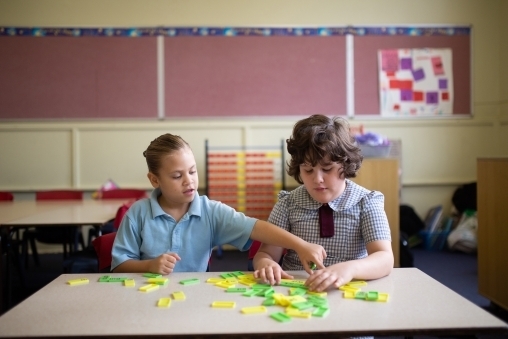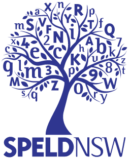With the impact of coronavirus in our community, many parents are looking for resources to assist their Kindergarten and Year One students develop reading and spelling skills.
In this blog the team at SPELD NSW have brought together some of our favourite resources for Kindergarten and Year One students along with some of the new resources that education providers have generously made available to support teachers and parents.
We know that students learn to read best when explicitly taught phonemic awareness, phonics, fluency, vocabulary knowledge and comprehension and the resources in this blog are grouped together under these skills. Part One of this blog address phonemic awareness and phonics and Part Two addresses fluency, vocabulary knowledge and comprehension.
Australian Speech Pathologist Alison Clarke has produced this great video for parents on how children learn to read.
Phonemic Awareness
Phonemic awareness is the ability to identify and work with the individual sounds in words. Phonemic awareness is important for reading as:
• when we read we blend sounds together to form words (for example, we blend together the sounds /b/ /a/ /t/ to read the word “bat”); and
• when we spell we segment words into individual sounds (for example, we would segment the word “slip” into the sounds /s/ /l/ /i/ /p/)
- SPELD SA phonemic Awareness tasks (free)
- Phonemic Awareness Kit available from SPELD NSW bookstore
- Five From Five Parent Phonological and Phonemic Awareness Resources (free)
- ABC Education Rhyme Activities (free)
- Reading Rockets Phonological and Phonemic Awareness Activities (free)
Phonics
Phonics involves learning the relationships between sounds and letters. The evidence around best practice reading instruction tells us that students benefit from phonics instruction that is explicit and systematic.
When students learn phonics systematically and explicitly, they start out learning that we use individual letters to spell the sounds in words. For example, they learn that:
• the letter “p” can be used to spell the sound /p/;
• the letter “a” can be used to spell the sound /a/; and
• the letter “t” can be used to spell the sound /t/.
Students can then blend those sounds together to read the words “pat”, “at” and “tap”. They will then go on to gradually learn the rest of the single letter sounds in a systematic manner. After students have learnt all the single letter sounds, they can start to use them to read longer words using those single letter sounds (eg, “blend”, “slip” and “plant”).
The next concept that students will learn in systematic and explicit phonics program is that two letters can together can be used to spell one sound. The sounds that will be introduced to students are the consonant digraphs (eg. ch, sh, wh, th) and when a letter is doubled at the end of a word to make a single sound (eg, ll, ff and ss).
After students have mastered the initial part of the phonics code, they can move onto learning about all the different ways that we spell vowel sounds (for example, they will learn that the /A/ sound can be spelt “a”, “ay”, “ai” and “a_e”). Students benefit from explicit instruction and lots of practise of this extended part of the phonics code.
Sounds Write Resources for Parents:
- Help your Child to Read and Write Course Part One and Part Two (Both parts of this course are free at the moment)
- Sounds-Write Initial Code iPad App
- Sounds-Write Activity Books 1 and 2 from the SPELD NSW Bookstore
- Sounds-Write Activities for the Extended Code (free)
Little Learners Literacy Free Resource for Parents
Little Learners Love Literacy have a range free resources on their website and lots phonics games which are available from the SPELD NSW Bookstore or from Little Learners Love Literacy (who have a sale at the moment on resources that can be used at home)
Resources available from the DSF:
- Free Phonics At Home Learning Resources (free)
- Teach your Child to Read in in 100 Easy Lessons
- Trugs Stage 1, Stage 2 or Stage 3
- Phonics Activity Pack
More Great Resources to support Kindergarten and Year One
- Phonics Hero
- Nessy Reading and Spelling Program
- Teach your Monster to Read App
- Alphabetic Code and Phonics Skills (free)
- Reading Doctor Apps – Letter Sounds 1, Blending Sounds 1 and Spelling Sounds 1
- Spelfabet Workbooks and Games (30% discount currently available)
- Five from Five Letter Sounds Parent Activities (free)
- Phonic Books UK Printable Resources (free)





